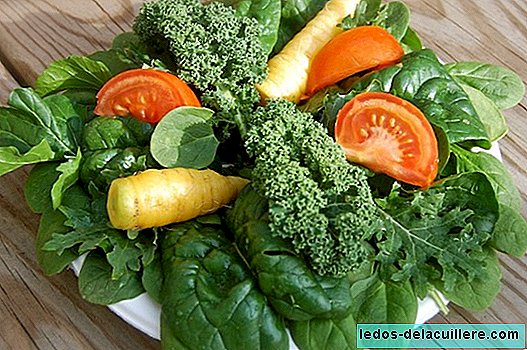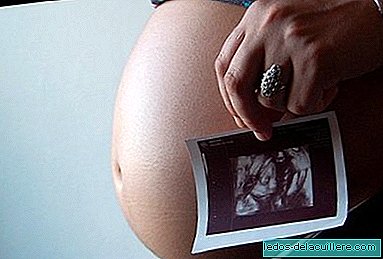
We often hear about them because they are harmful to health, because we should avoid them, because they involve varied hazards and yet they are found in many foods. That is why today we want to clarify this issue: What are trans fats and what foods are they in?
Trans fats are obtained from unsaturated fats by hydrogenating oils (adding hydrogen to the oils, whereby some of the polyunsaturated fats become saturated). The oils are of vegetable origin, but through this process they increase the level of bad cholesterol and reduce the good.
Some foods, especially of animal origin, such as milk, beef or lamb, contain some trans fats naturally. These also appear by heating the oil at high temperatures.
Hydrogenation is carried out to modify the appearance of fats and to extend the life of the food in which these fats are incorporated, as well as improve their texture. It is, in short, to make the product more durable and more palatable. But, given the dangers of this type of fatty acids, shouldn't its use be regulated in food?
Because what happens if we consume trans fat often and continuously? The body increases the level of bad cholesterol and lowers good cholesterol. Hypercholesterolemia is associated with cardiovascular diseases and there are increasingly younger children with this problem.
Therefore, we must seek control the consumption of these foods with trans fats and opt for foods made with monounsaturated vegetable oils (olive oil) and polyunsaturated oils (sunflower oil, corn, soy and peanut), homemade products (or homemade) instead of industrial pastries ...
Foods that probably contain trans fat
To control the intake of trans fats, look for the type of oil in the product and the nutritional information if it contains saturated, hydrogenated or partially hydrogenated fats.
But we must not review the labeling of any product in this regard. Yes there are some with more "ballots" than others when it comes to containing these harmful fats. According to an informative document of the Perseus Program, these are foods that incorporate trans fat more frequently:
- Candies.
- Cookies.
- Ice creams.
- Margarine.
- Microwave popcorn
- Industrial pastry (including cereals).
- Industrial bakery products.
- Pre-cooked products (empanadillas, croquettes, pasta, pizzas).
- Sauces
- Salty and sweet snacks.
- Many fast-food products.
We can compare between types of food, because there is probably a difference between different brands, and choose the ones that have less trans fat. We must think that it is necessary to avoid the excessive consumption of those foods, to eat them habitually is not good, but if it is done occasionally and healthy habits are maintained the cholesterol levels are regulated.
Recall that fats are an important component in the human diet, are a source of energy of the body and help in the absorption of vitamins A, D, E, K, and carotenes. But it doesn't serve any fat. There are several types of fat and not all affect the body in the same way.
We have to avoid consuming excess trans fats and know what foods they are in to, as far as possible, avoid excessive consumption of them, which can negatively affect our health and that of our children.












